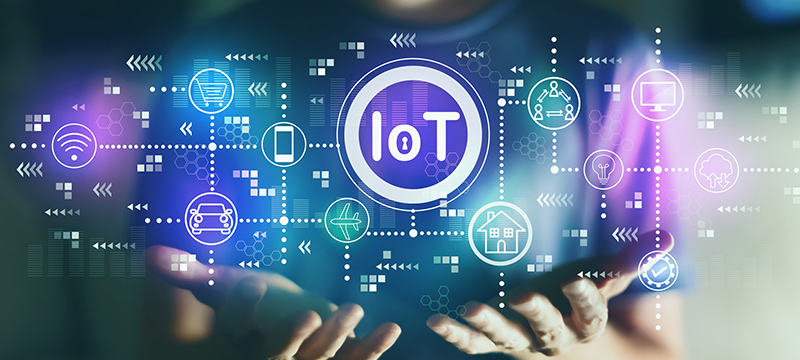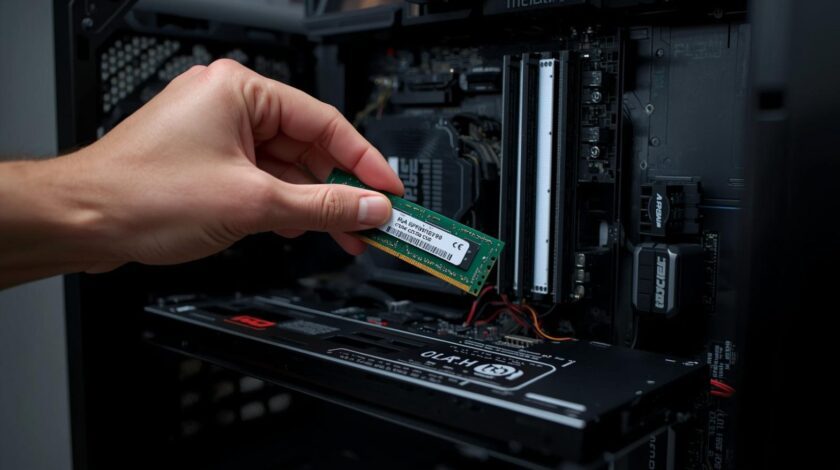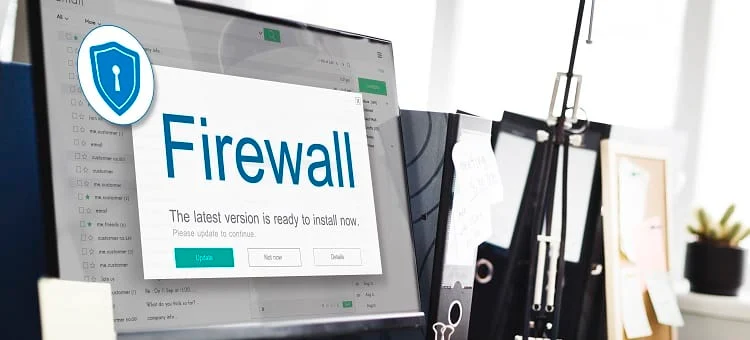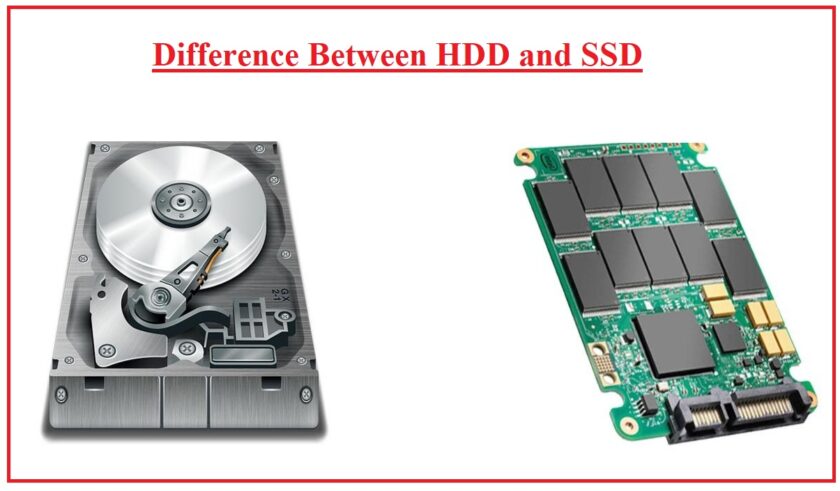IoT (Internet of Things) devices are physical objects embedded with sensors, software, and other technologies that connect and exchange data with other devices or systems over the internet. IoT devices range from everyday household items to sophisticated industrial tools, all working together to automate tasks, provide real-time insights, and improve efficiency across various sectors.
Here’s a breakdown of types of IoT devices and their use cases:
1. Smart Home Devices
- Smart Speakers (e.g., Amazon Echo, Google Nest):
- Voice-activated assistants that can control other smart home devices, answer queries, play music, and manage schedules.
- Integration with IoT platforms allows control of smart lights, thermostats, and security cameras.
- Smart Thermostats (e.g., Nest, Ecobee):
- Automatically regulate the temperature in a home based on user preferences and occupancy.
- Can be controlled remotely through smartphones, reducing energy consumption and improving comfort.
- Smart Lighting (e.g., Philips Hue, LIFX):
- IoT-connected light bulbs that can be controlled remotely or automated based on time, presence, or activity.
- Allows customization of lighting based on mood or activity, and helps save energy.
- Smart Appliances (e.g., Samsung Smart Fridge, LG Smart Washer):
- Kitchen appliances, washers, and dryers that connect to the internet, enabling remote control, monitoring, and diagnostics.
- Example: A smart fridge can track inventory, suggest recipes, and notify users when groceries are running low.
- Smart Security Cameras and Doorbells (e.g., Ring, Arlo):
- IoT-enabled cameras and doorbells allow real-time monitoring of homes, motion detection, and alerts on mobile devices.
- Provide enhanced security by allowing homeowners to see who is at the door and communicate with visitors remotely.
2. Wearable Devices
- Smartwatches (e.g., Apple Watch, Fitbit):
- Wearables that track fitness data (steps, heart rate, sleep patterns), send notifications, and offer health-related insights.
- Many smartwatches can also be used to make calls, send messages, and perform contactless payments.
- Fitness Trackers (e.g., Garmin, Xiaomi Mi Band):
- Wearable devices that monitor physical activity, calorie consumption, and sleep patterns.
- Often paired with smartphones to track progress, set goals, and analyze fitness data.
- Augmented Reality (AR) Glasses (e.g., Microsoft HoloLens, Google Glass):
- AR devices that overlay digital information in the user’s field of view, enhancing real-world interactions.
- Commonly used in industrial settings for training, maintenance, and remote assistance.
3. Industrial IoT (IIoT) Devices
- Connected Sensors:
- Sensors deployed in factories, warehouses, and supply chains to monitor temperature, humidity, pressure, and machinery performance.
- Example: Predictive maintenance sensors that detect anomalies in equipment and alert operators to prevent downtime.
- Smart Meters:
- IoT devices that monitor and optimize energy usage in industries and utilities, providing real-time data on electricity, gas, or water consumption.
- Helps in reducing waste and optimizing resources for sustainability.
- Autonomous Drones:
- IoT-enabled drones used in agriculture, construction, and logistics for surveying, mapping, and inspection tasks.
- Example: In agriculture, drones are used to monitor crop health, track growth patterns, and optimize irrigation.
- Connected Robotics:
- Robots equipped with IoT sensors for automation of tasks in industries such as manufacturing, logistics, and healthcare.
- Example: Autonomous mobile robots (AMRs) used in warehouses for sorting and transporting goods.
4. Healthcare IoT Devices
- Wearable Health Monitors (e.g., Continuous Glucose Monitors, Smart ECG Monitors):
- IoT wearables that monitor vital signs like heart rate, blood glucose levels, or oxygen saturation.
- Useful for patients with chronic conditions such as diabetes or cardiovascular diseases to track health in real-time.
- Remote Patient Monitoring Devices:
- IoT devices that allow doctors to monitor patient health data remotely, reducing the need for frequent hospital visits.
- Example: Telehealth platforms connected to blood pressure monitors and heart rate monitors for real-time tracking of patients.
- Smart Pills:
- Ingestible IoT sensors that track medication intake and monitor health data from within the body.
- Can help ensure medication adherence and provide insights into patient health.
5. Smart City Devices
- Smart Streetlights:
- IoT-powered streetlights that adjust brightness based on the presence of pedestrians or vehicles, optimizing energy use.
- Can be controlled remotely and provide real-time data on energy consumption and maintenance needs.
- Traffic Sensors:
- IoT devices that monitor traffic flow, vehicle speeds, and congestion in urban areas.
- Data from traffic sensors can be used to optimize traffic light timings and reduce congestion.
- Air Quality Monitors:
- IoT devices deployed in cities to measure air pollution levels, such as particulate matter (PM2.5), carbon dioxide, and nitrogen oxides.
- These devices help city governments and environmental agencies monitor and improve air quality.
- Smart Waste Management Systems:
- IoT-enabled trash bins equipped with sensors that detect when they are full and notify waste collection services.
- Helps optimize waste collection routes and reduce unnecessary trips.
6. Agricultural IoT Devices
- Smart Irrigation Systems:
- IoT-enabled irrigation systems that monitor soil moisture levels and weather conditions to optimize water usage in agriculture.
- Reduce water waste and ensure crops get the right amount of water at the right time.
- Livestock Monitoring:
- IoT devices attached to animals, such as smart collars, that track their location, health, and behavior.
- Helps farmers monitor the well-being of their livestock and detect health issues early.
- Precision Farming Drones:
- Drones equipped with IoT sensors and cameras to monitor crop health, soil conditions, and field mapping.
- Helps farmers make data-driven decisions to improve crop yields.
7. Connected Vehicles and Transportation
- Connected Cars:
- IoT devices integrated into vehicles for real-time navigation, vehicle diagnostics, and infotainment.
- Examples include Tesla’s autonomous driving capabilities, real-time traffic updates, and vehicle health monitoring.
- Fleet Management Systems:
- IoT systems that track the location, speed, and fuel usage of trucks and delivery vehicles in real-time.
- Helps logistics companies optimize routes, reduce fuel costs, and improve delivery times.
- Smart Parking Systems:
- IoT sensors deployed in parking lots or on streets to detect available parking spaces and guide drivers to the nearest spot.
- Reduces traffic congestion and helps drivers find parking more easily.
8. IoT Devices in Retail
- Smart Shelves:
- IoT-powered retail shelves that track inventory in real-time and notify staff when items need to be restocked.
- Useful for maintaining optimal stock levels and improving customer satisfaction.
- Beacon Technology:
- IoT devices that send location-based notifications to customers in retail stores via their smartphones.
- Beacons can offer personalized promotions, discounts, or information about nearby products.
- Automated Checkout Systems:
- IoT-enabled systems that allow for seamless, cashier-less checkout by tracking the items customers take and automatically charging them.
- Example: Amazon Go stores use IoT sensors to enable a frictionless shopping experience.
Conclusion
IoT devices have become essential across many sectors, providing real-time data, automation, and connectivity that drive efficiency, safety, and convenience. As IoT technology advances, we can expect more sophisticated applications, enhanced security measures, and widespread adoption in both consumer and industrial spaces. The future of IoT will continue to expand, linking more devices and enabling smarter, more responsive environments.






